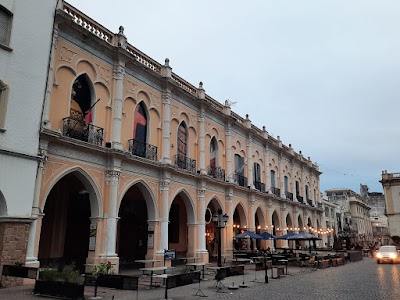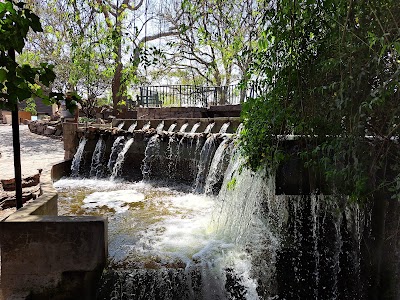MAAM Museum (Museo de Arqueología de Alta Montaña)
Overview
Nestled in the vibrant city of Salta in northwest Argentina, the **Museum of High Altitude Archaeology**, locally known as the **MAAM Museum**, serves as a remarkable testament to the region's rich cultural heritage and historical significance. This museum was established not only as a repository for invaluable artifacts but also as a hub of research and education focused on the Inca civilization, particularly their presence and rituals in the Andes mountains.
The story of the MAAM Museum began in **1999** with a groundbreaking discovery on the summit of **Mount Llullaillaco**. At an astonishing altitude of **6,739 meters (22,110 feet)**, archaeologists unearthed the exceptionally preserved bodies of three Inca children, who had been ritually sacrificed over **500 years ago**. This find, known as the **"Llullaillaco Children,"** stands as one of the most significant archaeological discoveries in South America. Their remarkable preservation, thanks to the freezing temperatures of the high Andes, provided unique insights into the Inca practice of **capacocha**, a ritual sacrifice believed to ensure agricultural fertility and societal prosperity.
Recognizing the profound importance of this discovery, local authorities and the archaeological community set out to construct a specialized facility to house and study the mummies and related artifacts. Thus, the **MAAM Museum** was born. Its primary aim is to create an optimal environment for the preservation of the mummies while facilitating ongoing research and public education regarding Inca civilization.
The construction of the MAAM Museum, completed in **2004**, involved a meticulous process to ensure the proper environmental conditions for preserving the mummies. Extensive consultations with experts in conservation and cold storage technology were undertaken to achieve this. The museum's design incorporates state-of-the-art climate control systems that maintain optimal temperature and humidity levels, effectively preventing any deterioration of the relics.
Upon entering the MAAM Museum, visitors are immediately enveloped in an atmosphere that honors the traditions and history of the Inca people. The museum's exhibits are thoughtfully curated, combining detailed information, audiovisual presentations, and a wealth of archaeological findings from various high-altitude sites in the Andes. The centerpiece of the museum is the display of the **Llullaillaco Children**. Viewing these mummies, preserved with meticulous care, offers a poignant and tangible connection to the past.
To enhance the educational experience, the museum features interactive displays and a documentary chronicling the discovery and excavation process. This allows visitors to gain a deeper understanding of the context in which the Llullaillaco Children lived and died. The documentary includes footage from the excavation site and interviews with archaeologists, offering a comprehensive overview of the scientific and historical significance of the find.
In addition to its permanent exhibits, the MAAM Museum regularly hosts **temporary exhibitions**, workshops, and educational programs aimed at school groups and the general public. These events cover a wide range of topics related to high-altitude archaeology, indigenous cultures, and the broader history of the Andean region. The museum has established itself as a vital resource for scholars and researchers from around the world, who come to study its collections and collaborate on various archaeological projects.
The MAAM Museum's commitment to preservation extends beyond its walls, actively engaging with local communities and incorporating their knowledge and traditions into its programs. This fosters a deeper connection between the people of Salta and their ancestral heritage, ensuring that the rich tapestry of Inca culture continues to be celebrated and understood.
Over the years, the MAAM Museum has not only become a cornerstone of cultural and historical education in Salta but has also achieved **international acclaim**. Its contributions to the field of high-altitude archaeology and its role in preserving one of the most significant Inca finds are recognized globally. The museum stands as a guardian of history, offering a captivating glimpse into a civilization that once flourished in the majestic heights of the Andes.









